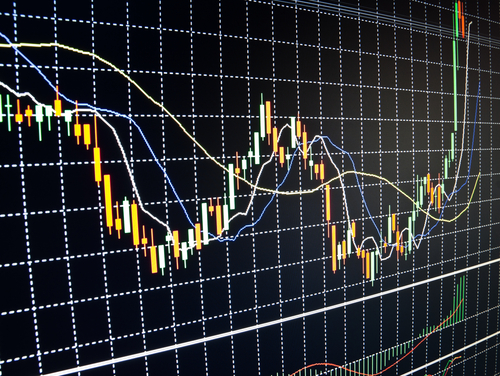 Popularly known as money, currency serves as a measure of value and determines how goods are acquired or sold. It also dictates the value of a country’s money in comparison to another. This means that you cannot simply walk into a store and buy soap using US Dollars if you are in the Philippines. While currency brings to mind the specific countries where they are found, its value is limited in terms of how it can be used across the globe. This is made possible through foreign exchange. The resulting amount currencies assume when sold or bought are called foreign exchange rates.
Popularly known as money, currency serves as a measure of value and determines how goods are acquired or sold. It also dictates the value of a country’s money in comparison to another. This means that you cannot simply walk into a store and buy soap using US Dollars if you are in the Philippines. While currency brings to mind the specific countries where they are found, its value is limited in terms of how it can be used across the globe. This is made possible through foreign exchange. The resulting amount currencies assume when sold or bought are called foreign exchange rates.
In a volatile market, it may seem difficult to understand what causes foreign exchange rates to go up and down. However, you need not go as far as studying accounting to understand the factors that contribute to a currency’s value against another. One of them is supply and demand.
The law of supply tells us that if the quantity of currencies increase but all other economic indicators are stable, value depreciates. An inverse relationship can be illustrated this way: if the supply of US dollar increases and a consumer wishes to buy them in Yen currency, he will be able to get more of the former. In reverse, if a consumer who has American dollar wished to buy Yen, he can get less of the latter.
The law of demand presupposes that a highly sought-for currency appreciates in value when the supply is not enough to sustain everybody else’s needs. To illustrate, if more consumers who use Yen wanted to buy US Dollars, they may not be able to get the same number of money at the time of purchase. This is because as time progresses and more US Dollars are bought, demand is increased and supply is decreased. This relationship drives the exchange rate to a higher notch. Therefore, people who hold US Dollars will be able to buy more Yen than before when the demand for the latter is low.
In the study of foreign exchange rates, supply and demand comes hand in hand where the scarcity of one currency is an opportunity for another to flourish. So what affects supply and demand? The main factors are as follows:
Export/Import Companies: If an American company does business in Japan as an exporter, it may pay for costs and will receive its revenues in Yen. Since the American company will likely pay its employees in the US in USD, it needs to buy dollars from its Yen revenues through the foreign exchange market. In Japan, the supply of Yen will decrease while it increases in the US.
Foreign Investors: If an American company acquires a lot in Japan to operate its business, it will need to spend in Yen. Since USD is the company’s main currency, it is forced to buy Yen in Japan’s foreign exchange market. This causes Yen to appreciate and the USD to depreciate. The same event, when seen across the globe, influences the highs and lows of foreign exchange rates.





